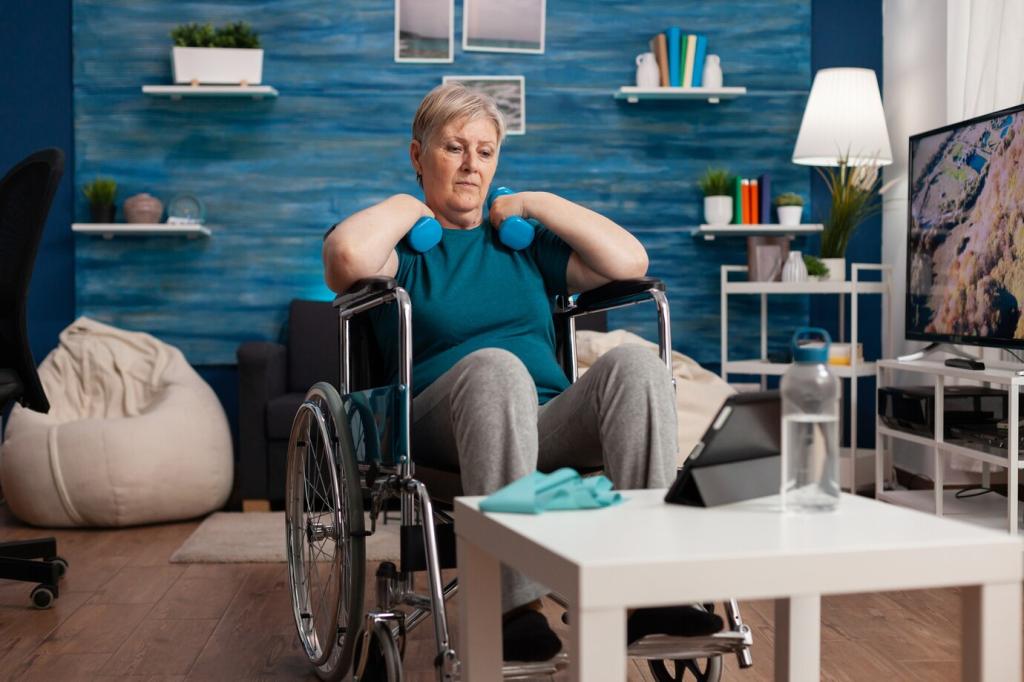Breathe Easier: COPD and Asthma Support
Particulate and VOC sensors forecast risk based on cleaning cycles, cooking patterns, pollen counts, and humidity. Before symptoms worsen, ventilation ramps up and a reminder suggests the spacer. A neighbor’s flare-ups dropped after automatic window cues on high-pollen days. Which air moments worry you most? Comment and we’ll prioritize solutions.
Breathe Easier: COPD and Asthma Support
Nighttime monitoring tracks respiratory rate variability and oxygen dips, recommending earlier CPAP checks or humidifier adjustments. Subtle changes prompt a morning plan rather than a midnight scare. Readers say a calm summary beats waking alarms. Would you enable a quiet night mode with deferred guidance? Tell us your comfort level.






